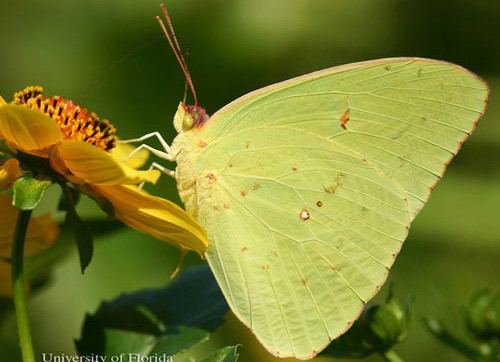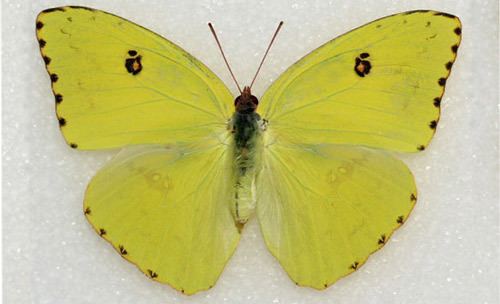Genus Phoebis Rank Species | ||
 | ||
Similar Phoebis, Eurema nicippe, Colias eurytheme, Gulf fritillary, Gray hairstreak | ||
Time lapse phoebis sennae butterfly pupates emerges
Phoebis sennae, the cloudless sulphur or cloudless giant sulphur, is a mid-sized butterfly in the family Pieridae found in the New World. There are several similar species such as the yellow angled-sulphur (Anteos maerula), which has angled wings, or other sulphurs, which are much smaller.
Contents
- Time lapse phoebis sennae butterfly pupates emerges
- Yellow butterfly butterfies slow motion cloudless sulphur phoebis sennae
- Distribution
- Habitat
- Habits
- Life cycle
- Egg
- Caterpillar
- Chrysalis
- Adult
- Subspecies
- References

Yellow butterfly butterfies slow motion cloudless sulphur phoebis sennae
Distribution
Their range is wide, from South America to southern Canada, in particular southwestern Ontario. They are most common from Argentina to southern Texas, Georgia, and Florida, but are often visitors outside this range becoming more rare further north.
Habitat
The common habitats of this butterfly are open spaces, gardens, glades, seashores, and watercourses.
Habits

The adult butterfly feeds on nectar from many different flowers with long tubes including cordia, bougainvillea, cardinal flower, hibiscus, lantana, and wild morning glory.
Senna hebecarpa (American senna) is a larval host and nectar source for the cloudless giant sulphur butterfly in the Eastern United States.
Life cycle
The breeding season is dependent on the climate of the area, from midsummer to fall in the cooler areas, to year-round where the climate is warmer.
Egg
The cloudless sulphur starts off as a pitcher-shaped white egg. Eventually it will turn to a pale orange. The egg stage lasts six days.
Caterpillar
Once the egg hatches, a caterpillar emerges that is yellow to greenish, striped on sides, with black dots in rows across the back. The caterpillar will build a tent in a host plant where it hides in the day. The host plant may be partridge pea (Chamaecrista cinerea), sennas (Senna), clovers (Trifolium), or other legumes (Fabaceae). The caterpillar will usually grow to a length between 41 and 45 mm (1.6 and 1.8 in).
Chrysalis
The caterpillar will form a chrysalis that is pointed at both ends and humped in the middle. The chrysalis will be either yellow or green with pink or green stripes. From the chrysalis comes a medium-sized butterfly (55–70 mm (2.2–2.8 in)) with fairly elongated but not angled wings.
Adult
The male butterfly is clear yellow above and yellow or mottled with reddish brown below and the female is lemon yellow to golden or white on both surfaces, with varying amounts of black spotting along the margin and a black open square or star on the bottom forewing. Wingspan: 63–78 mm (2.5–3.1 in).
Subspecies
Listed alphabetically:
